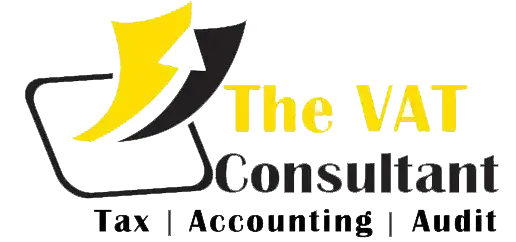In the UAE, compulsory VAT registration is required only if the value of supplies exceeds AED 375,000 in the past 12 months, or is expected to exceed its value within the next 30 days of the current fiscal year. For companies whose supplies/taxable expenses have a value of more than AED 187,500 in the past 12 months or are expected to exceed 30 days in the current fiscal year, value-added tax can be selected.
In the UAE VAT, a special provision has been incorporated to deal with output VAT adjustments. If any of the following events occur after the provision of goods and services, the UAE VAT Law allows adjustment of export VAT:
1. Cancel the supply
2. The treatment of supply tax has changed due to the change in the nature of supply
3. Changes in paid/payable consideration
4. Full or partial return
5. Invoice tax collection error
When any of the above events occurs, the previously calculated output VAT needs to be adjusted. Tax adjustments may result in an increase or decrease in value added tax. If at the time of sales, if the location of supply is determined to be within the country, and later in the process of goods transportation, it is found that the supply will ultimately be regarded as outside the country, then it will be regarded as a tax error in the invoice and an output value-added tax adjustment Allowed.
For example, on March 25, 2018, Abdul Traders in Dubai provided Ali Enterprises with a value-added tax of Dh50,000 + Dh2,500. On April 5, 2018, Alibaba Enterprise returned goods worth 10,000 dirhams.
Under the above circumstances, Abdul Trader should record a credit note worth 10,000 dirhams + 500 dirhams to adjust the output value-added tax. After adjustment, Abdul Trader’s output value-added tax liability is 2,000 dirhams.
To learn more about credit notes, please read “Credit Notes: UAE VAT Return Voucher” and “Tax Credit Vouchers under UAE VAT”.
Conditions for adjusting the output tax in the invoice
Suppliers are allowed to adjust the output VAT in the event of any of the above events only if any of the following conditions are met:
The tax on the invoice is different from the tax on the invoice
If due to any of the above events, the amount of output tax charged on supplies in the tax invoice does not match the amount of tax actually collected from the supplier.
The VAT return for the period has been submitted.
Submit a VAT return during the tax period in which the supply occurred and incorrectly calculate the amount as an output tax due to any of the above events.
Adjustment method
The output VAT adjustment of the above example should be adjusted in the following way:
1. If the actual tax payable exceeds the tax previously collected, a new invoice should be issued within the period when the increase is determined to collect more tax. This will apply to all situations that will lead to an increase in output value-added tax, such as price increases (price increases), changes in tax treatment (exemption from taxable), tax collection errors in invoices, etc.
2. If the actual tax payable is less than the previous tax receivable, a tax credit notice for the difference should be issued. This will reduce the supplier’s output tax and the payee’s input tax. For example, return of goods, cancellation of supply, etc.
Related articles:-
1. Credit notice: UAE VAT return certificate.
2. Tax credit notice under UAE VAT.


























